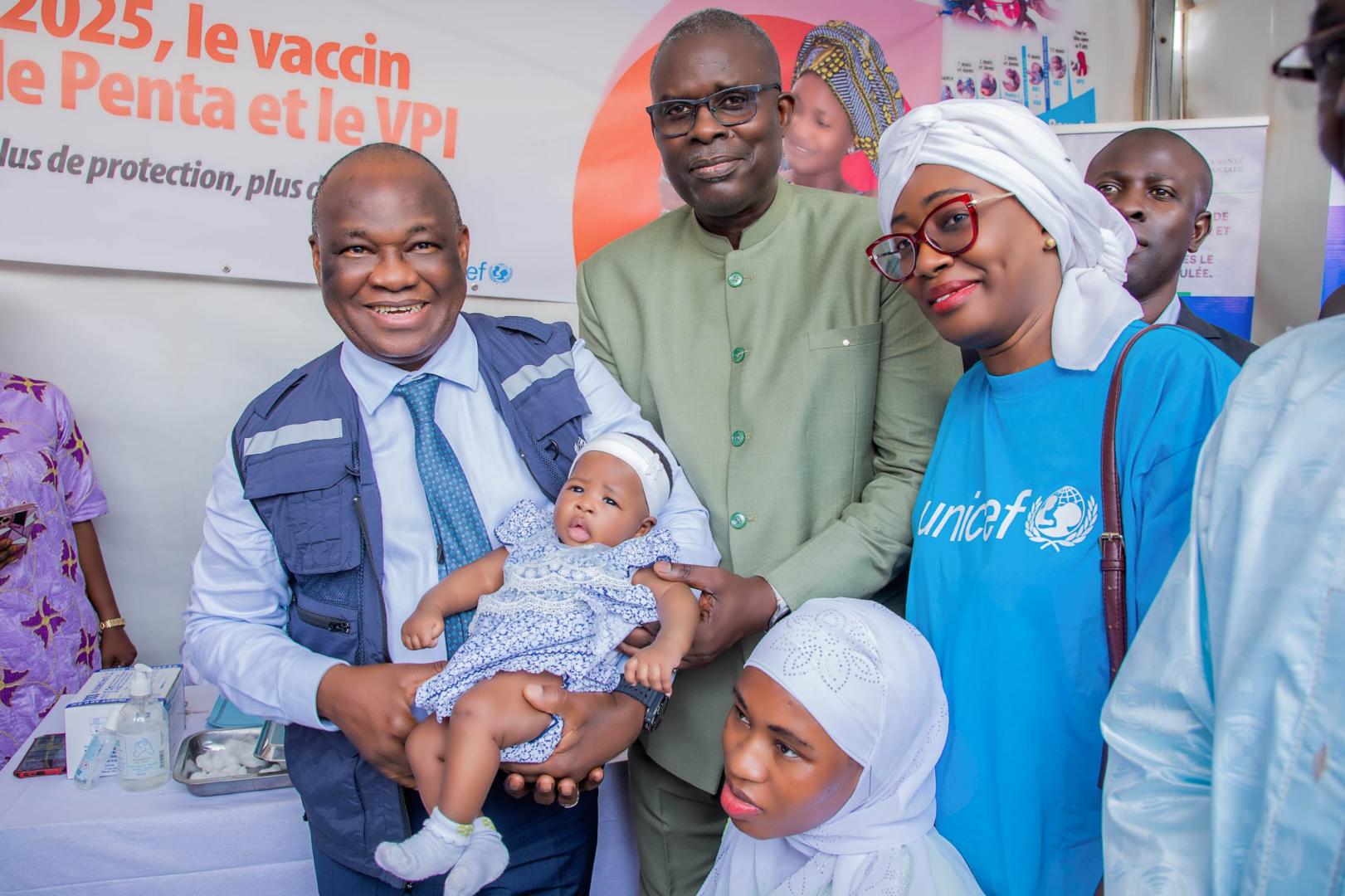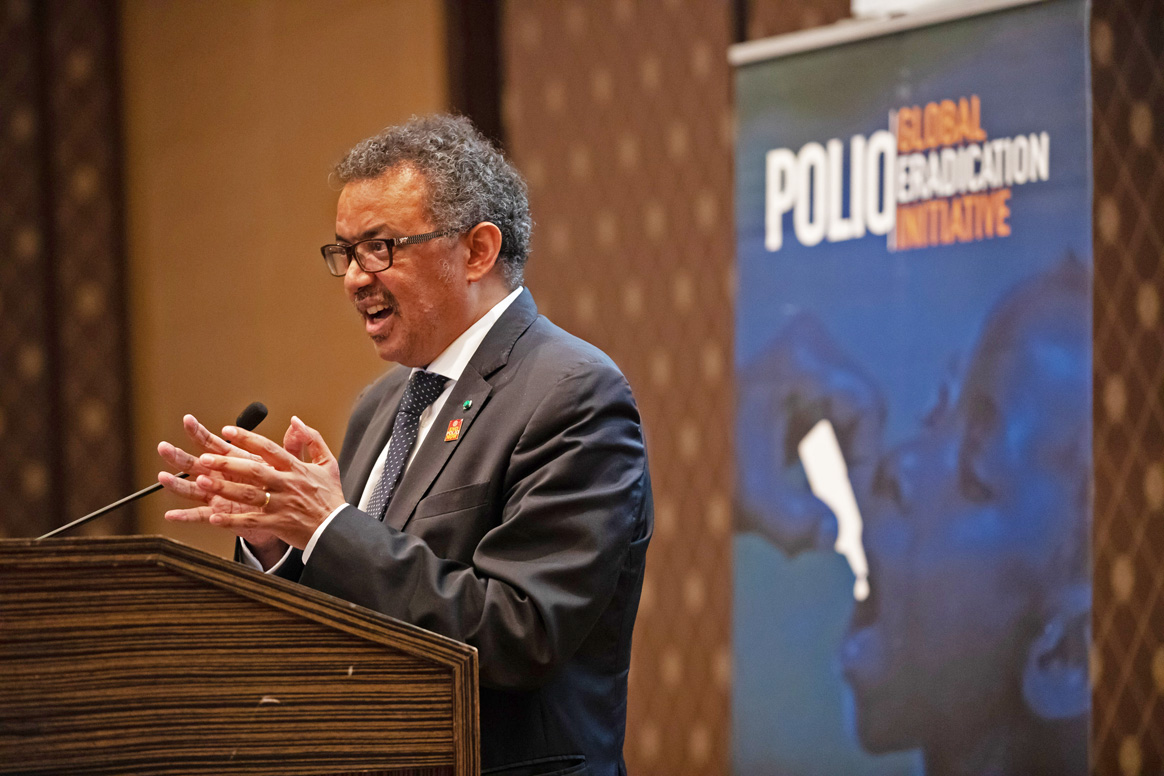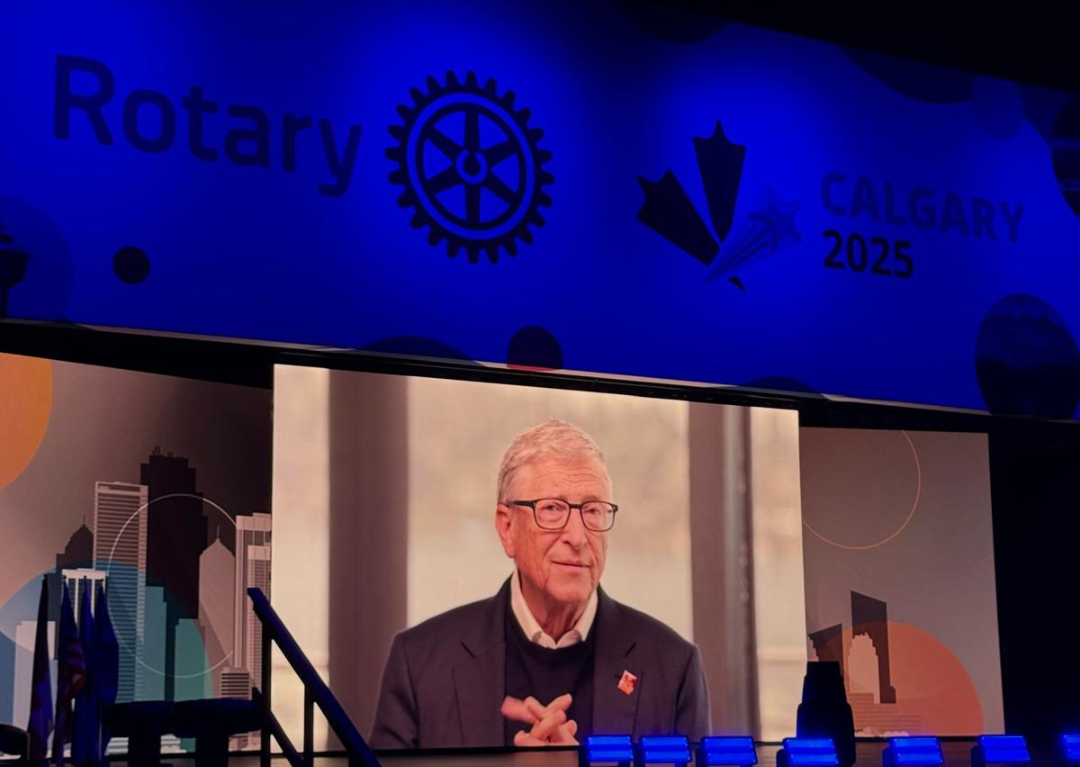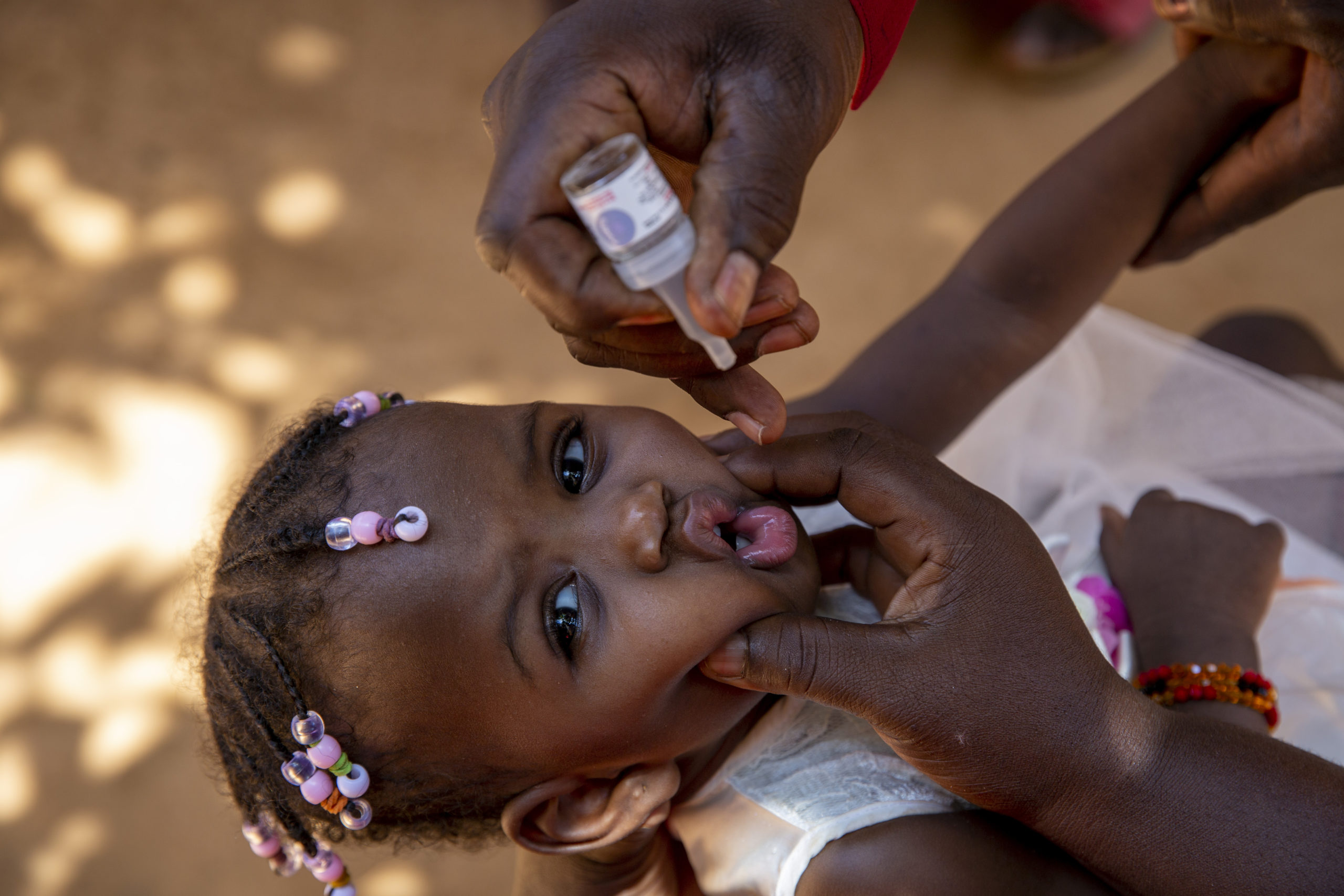
At a Technical Consultation this February to review the situation on polio eradication in Pakistan, the strength of the low-transmission season plan and the heightened commitment of the Government of Pakistan were recognised by a technical review panel.
The low season plan, constructed in Bhurban at the end of 2014, responded to the significant challenges faced in Pakistan in 2014. The virus remains entrenched in several reservoirs, where insecurity has made it difficult to reach all children to build immunity. The panel concluded that the last few months have revealed the plan to have the capacity to end the circulation of wild poliovirus by the end of 2015 if fully implemented. Yet there were concerns that this was not being done to the full extent, and recognised the need for continued innovations and commitment if polio is to be removed from Pakistan for good.
The plan was built on the assumption that all children can be reached, everywhere in the country, and that this is key to success. Challenges in reaching all children with the vaccines have been the root cause of continued circulation of the virus in Pakistan. Insecurity, inaccessible areas and population movement, alongside insufficient commitment and planning, were the cause of children not only being missed occasionally, but being missed chronically- in some areas of North Waziristan, children have been vaccinated in the past months who were previously unreached for over two years.
High levels of population movement in Pakistan mean that synchronized and simultaneous implementation of the plan is of utmost importance to stop the virus from travelling with individuals and communities as they enter and leave infected areas. In areas with security challenges, the TAG concluded that access has improved overall, although in some areas the challenges are still significant.
Emergency Operations Centres (EOCs) have been established at the national and provincial levels in the past months at the national and provincial levels as outlined in the plan. This has improved coordination and local accountability for the response.
In Khyber Pakhtunkhwa, one of the remaining reservoirs of the virus, the panel concluded that the increased commitment of political leadership had resulted in improved access to populations in the North West, especially through vaccination at transit points and during targeted supplementary immunization activities. The implementation of the newly announced initiative ‘Sehat ka Ittehad (Alliance for Health)’ will be of utmost importance. The initiative calls for synchronized program implementation by the Khyber Pakhtunkhwa province and Federally Administered Tribal Areas in close coordination with the Army. The panel recommended that this initiative should continue, and contribute towards improving access and community trust, tracking the reasons behind chronically missed children, and ensuring stringent accountability for performance. Despite some recent progress, Khyber Pakhtunkhwa was singled out as the only province with local wild poliovirus circulation that has not yet introduced immunization activities combining both the oral polio vaccine and the inactivated polio vaccine. Security issues have also led to some populations in Peshawar being missed persistently.
In the Federally Administered Tribal Areas, polio continues to circulate in three tribal agencies. In South Waziristan, however, 70,000 individuals were reached that have been unprotected since June 2012. The resumption of door to door vaccination activities in South Waziristan, and that of fixed site vaccination in some areas of North Waziristan and insecure parts of Frontier Region Bannu are very encouraging in efforts to reach every single child. The local knowledge of the FATA team was praised by the panel as key to this improved mapping and access.
Khyber Agency was noted as an area of particular concern, with the implementation of the Low Season Plan yet to begin. Karachi was identified as the most potentially dangerous polio reservoir, with the threat of amplification and exportation of the virus, with some areas still being missed due to insecurity.
The essential recommendation from the TAG across all areas in Pakistan for the coming months was to reach all children who are missed repeatedly, through any means possible. Ensuring that the campaigns are monitored in a reliable format is also crucial in assessing the quality of the programme reaching children across the entire country. In each district, ensuring that health workers have the appropriate cultural knowledge and background for micro-plans to be carried out effectively.
The health care workers on the frontline of the eradication effort are central to achieving the goal of eradication. A plan is still needed to locally recruit, train and retain health care workers, elevating their status in the community and ensuring that all payment is reliable and timely. Taking all measures to ensure security on campaigns was also a very high priority.
There are eight more weeks until the end of low transmission season and for the implementation of the Bhurban plan. The EOCs were asked to continue assessing and strengthening the role-out of the plan.
While the virus continues to circulate in Pakistan, children around the world remain at risk. These efforts in Pakistan are therefore the global priority for polio eradication.



